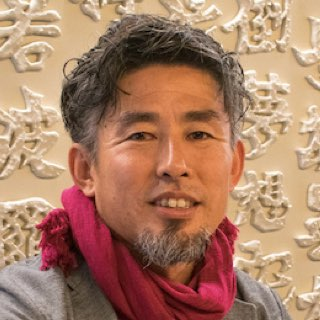

More than ten years have passed since COP10 was held in Nagoya and the world was introduced to the concept of satoyama—a unique environment where people and nature coexist in harmony— and the concept seems to be gradually taking root. Elsewhere, the impacts of climate change are becoming more apparent worldwide, and the COVID-19 pandemic has demonstrated the need for society to take a new direction.
While the definition of circular economy seems to vary to region, the main concept is that—in contrast to a linear economy (use and dispose) and even reuse—a system where used products and materials disposed in the production process are reproduced into new products, given new value, and then sold again.
In many rural regions of Japan, where the satoyama wisdom has been passed down from generations to generations, this circular approach is a core of people’s lives and continues to this day.
With rice, for example, the ingredient in Japanese sake and sushi, both of which are becoming increasing popular worldwide, an incredibly efficient cycle has been in place for generations. It is a well-known fact that sake lees, a byproduct of sake brewing, are used to make amazake (a sweet, non-alcoholic sake) and a wide range of pickles including Narazuke. Meanwhile, in the production of daiginjo and other types of sake with high rice polishing ratio, a large amount of rice flour is generated as a byproduct. This rice flour is reused in rice crackers and dumplings. Rice bran is another byproduct of the production process, and in the Hida area of Japan where I live, this has been reused as a kind of wax for polishing the floors and pillars of wooden houses for many years. Further, after the rice bran has been used to care for the home, it is then scattered onto nearby fields, returned to the soil, and reused as fertilizer for new crops.
Examples such as these are too numerous to see throughout satoyama areas. Another example can be seen in the use of the kaya grasses used to make thatched roofs, such as those in the UNESCO World Heritage site of Shirakawa-go. Harvested grass is used as snow shelters in the drying process, and then used for thatched roofs after drying. Later, part of the roof that have been damaged by wind and rain is removed and reused as livestock feed. This is then digested by the livestock and returned to the soil to complete a highly sophisticated circular system.
The word mottainai—that is unfortunate for anything to go to waste-has attracted attention in the past, but the source of the creation such a system in our lifestyle seem to have its roots unmistakably in the Japanese mentality. I believe that this approach holds a wealth of clues for the future of social formation.
There is also another perspective we must examine when learning from satoyama areas to create circular economies. This is bartering, or the exchange of goods without using money. It was not so long ago when I spoke with a neighbor who had acquired his garage in exchange for a gallon of sake. Sharing out the vegetables you have harvested with your neighbors, making pickles from the vegetables you receive, and then giving this back to others. Whether it is sake or farm products, this approach can be thought of as an element of a virtuous cycle between the deities who bring about a good harvest and local citizens. Perhaps our ancestors already known the importance of connection when forming societies. In the quest for convenience, in modern society we have reaped the benefits from the market and monetary economies, but these systems are far from perfect. In order for us to create a new, more enriched society in the future, it is essential that we learn quickly from satoyama and satoumi ecosystems and take the necessary actions. We must not delay, as with declining and aging populations, it can be said that the future of satoyama areas are not that long anymore.


